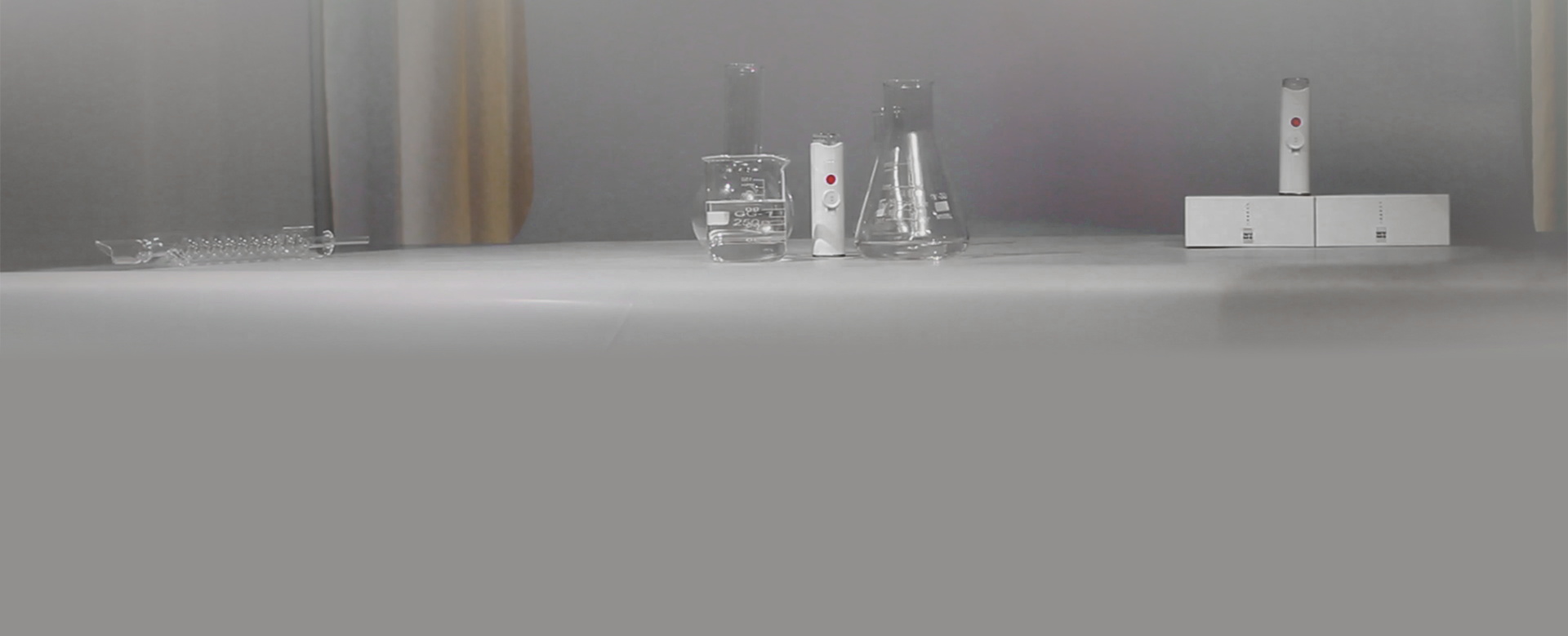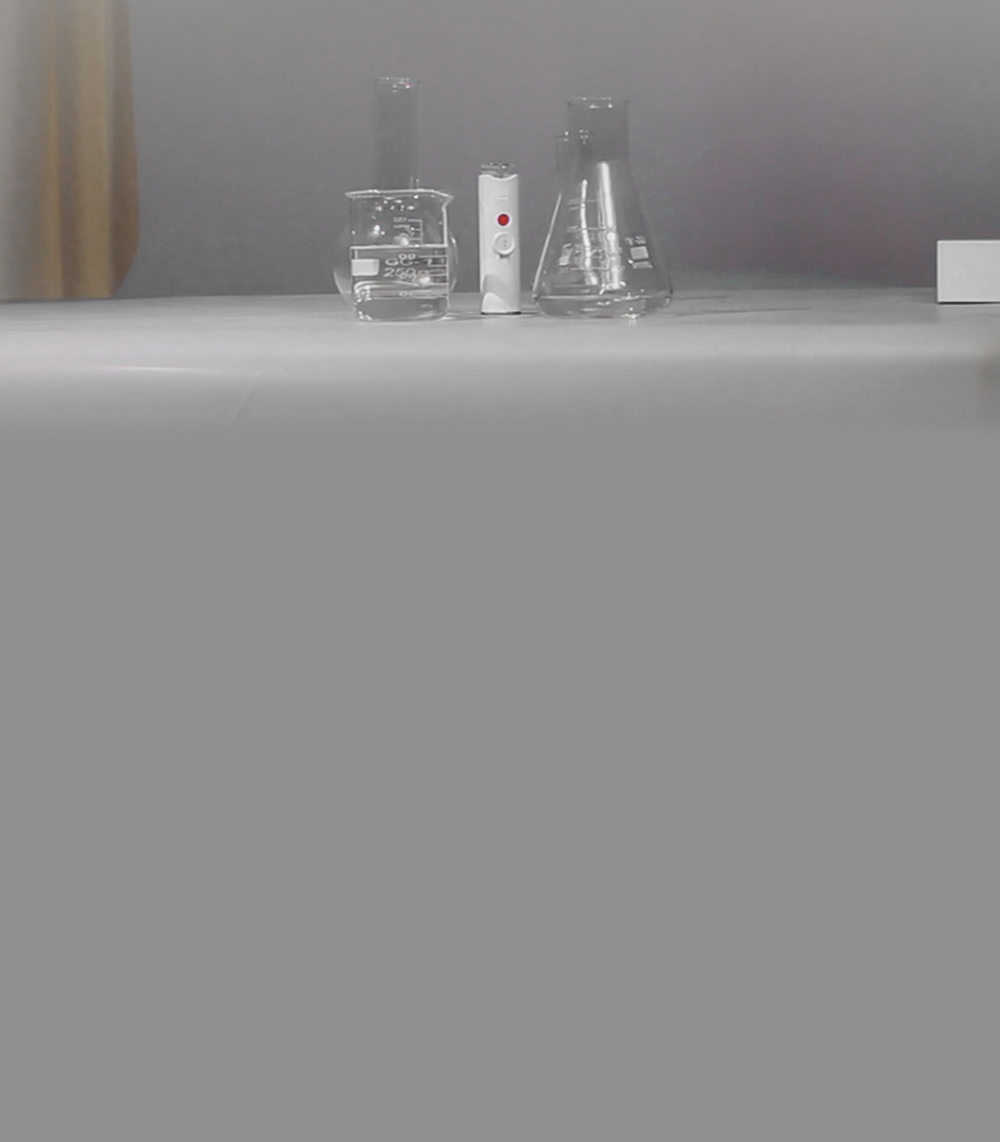A new study offers hope for the millions of people worldwide who suffer from Dry Eye Syndrome (DES). Researchers have successfully developed a novel eye drop formulation containing lutein, which has been shown in animal models to effectively reduce the inflammation that is a core cause of the condition.
Dry Eye Syndrome is more than just a feeling of dryness; it is a complex, multifactorial disease of the ocular surface often accompanied by inflammation, pain, and, in severe cases, potential damage to the cornea and vision impairment. While common artificial tears (AT) can provide temporary relief from dryness, they are often ineffective in addressing the underlying inflammatory cycle.
Study Highlights:
This research, published in the journal
Pharmaceutics, uses lutein as a key anti-inflammatory ingredient. To ensure the lutein remains on the eye's surface long enough to be effective, researchers added polyvinyl alcohol (PVA) as a biocompatible thickener.
In a DES mouse model induced by benzalkonium chloride (BAC), the specialized artificial tears containing 5 µM of lutein and 1% PVA (AT/L5P1) achieved significant therapeutic results:
Repaired Corneal Damage: The formulation effectively healed the damaged corneal epithelium caused by dry eye, with results showing significantly less fluorescent staining on the cornea after treatment. Histological analysis confirmed that the corneal epithelial thickness returned to a state not statistically different from the normal control group.
Increased Tear Secretion: Tear volume in the mice treated with the AT/L5P1 formulation was significantly restored to levels similar to that of the healthy control group.
Suppressed Inflammation: The eye drops markedly reduced the levels of key inflammatory cytokines in the cornea, including IL-1β, IL-6, and TNF-α, when compared to the untreated DES group.
Restored Goblet Cells: The treatment promoted the recovery of conjunctival goblet cells, which are crucial for maintaining a stable tear film and are often lost in DES.
Extended Action Time: The addition of 1% PVA successfully prolonged the retention time of the drug on the ocular surface. After 90 minutes, approximately 75% of the AT/L5P1 formulation remained on the eye, compared to less than 40% for formulations without PVA.
Conclusion:
This study demonstrates that applying lutein directly to the eye via drops is an effective new strategy for treating DES. By targeting inflammation, this formulation addresses a root cause of the disease, not just its symptoms. Its therapeutic effect was found to be comparable to that of a commercial cyclosporine (CsA) agent, paving the way for the development of more effective and direct treatments for Dry Eye Syndrome.
Source Citation:
For credibility and academic integrity, the original research paper is cited below.
Chen, Y.-Z.; Chen, Z.-Y.; Tang, Y.-J.; Tsai, C.-H.; Chuang, Y.-L.; Hsieh, E.-H.; Tucker, L.; Lin, I.-C.; Tseng, C.-L. Development of Lutein-Containing Eye Drops for the Treatment of Dry Eye Syndrome. Pharmaceutics 2021, 13, 1801.https://doi.org/10.3390/pharmaceutics13111801

